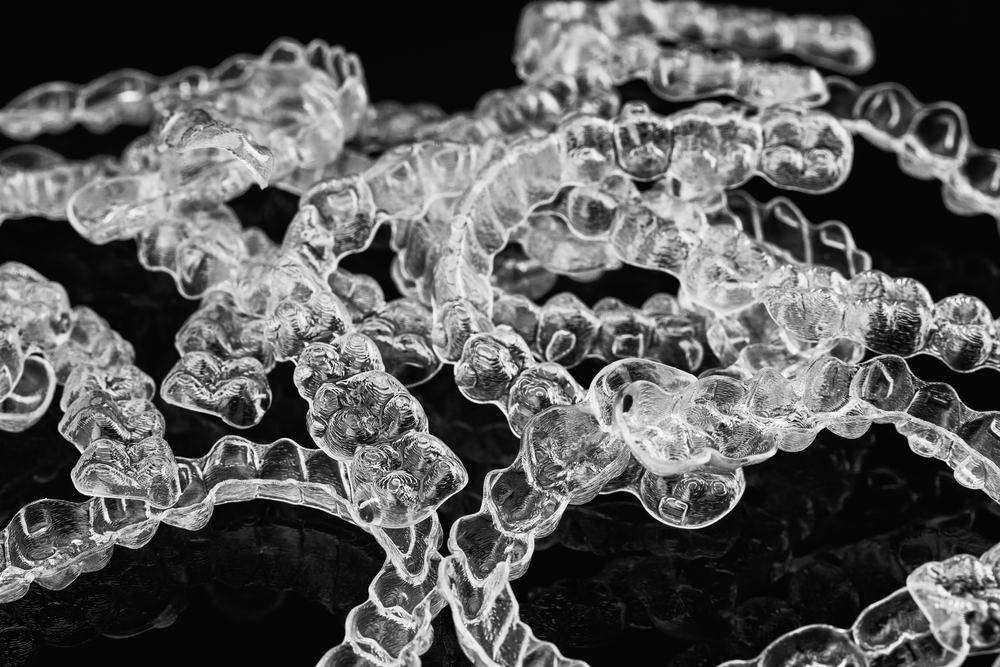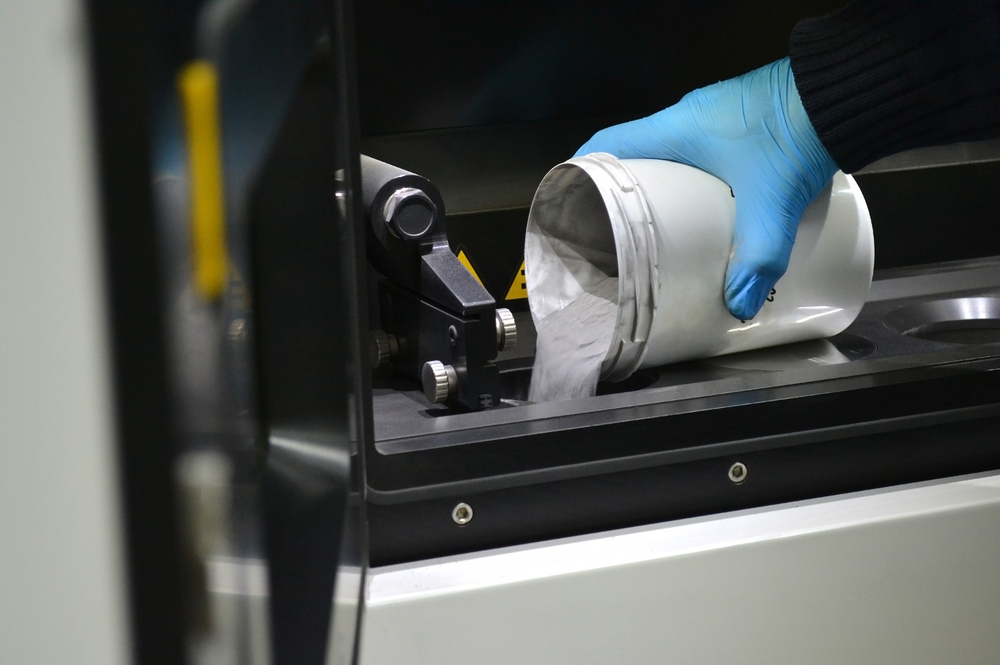Materials
3 Applications for 3D Printing in Orthodontics and Oral Devices
The traditional method used to produce oral devices is time-consuming and inconvenient for patients. It is a multi-appointment process that involves creating manual, oral impressions and outsourcing them to a dental lab for fabrication. Device turnaround can take 2 to 4 weeks to complete. Dentists can accelerate the process by switching to a digital workflow that utilizes an intraoral scanner and 3D printer. Intraoral scanners eliminate the need for manual, oral impressions, and 3D printers produce oral devices more quickly than conventional processes.
Read MoreWhat Types of Materials Are Used in 3D Printing?
Many manufacturers’ first exposure to 3D printing was through fused deposition modeling, in which plastic filaments extrude through a nozzle during printing. Materials used in 3D printing were formerly confined to plastics and weak metal alloys that could be extruded at low temperatures. The scope of 3D-printable materials has grown considerably to include various metals, polymers, organic materials, ceramics, and even biological materials.
Read More
